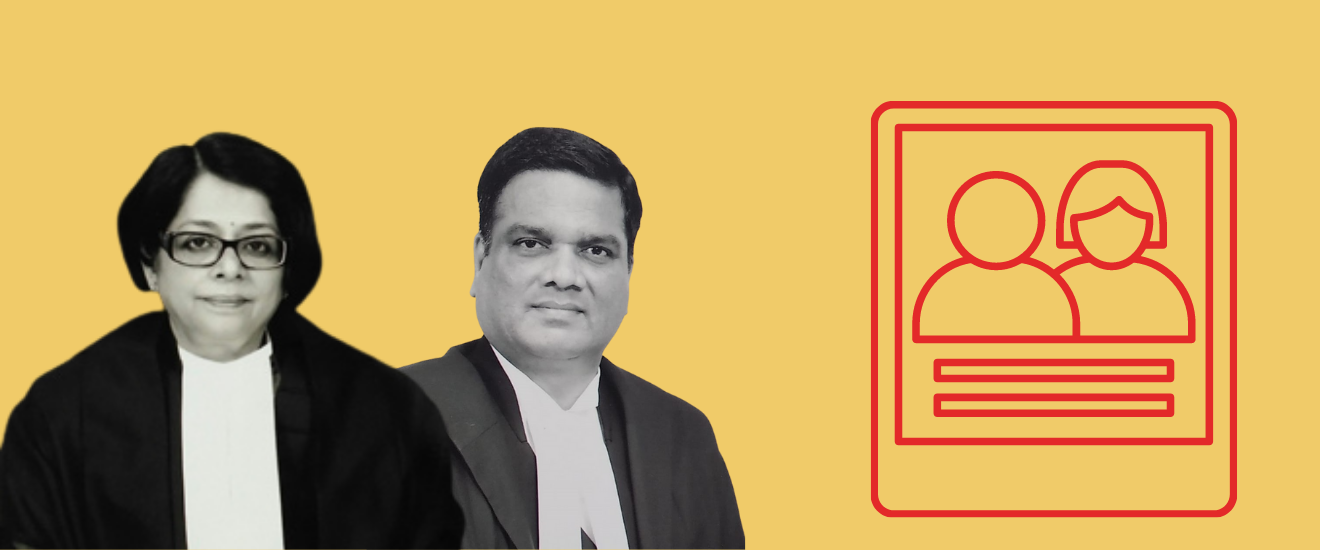Analysis
Court Frames Comprehensive Guidelines on Maintenance
The Court's guidelines clarify interim maintenance, the criteria to quantify maintenance and the enforcement of such orders.

On November 4th 2020, a division bench of the Supreme Court consisting of Indu Malhotra and Subhash Reddy JJ in Rajnesh v Neha laid down comprehensive guidelines to govern payment of maintenance in matrimonial cases.
In this case, the appellant Rajnesh was ordered by the Family Court to pay maintenance to the respondent Neha, and their minor child. He unsuccessfully challenged this order in the Bombay High Court and finally filed an appeal before the Supreme Court. The Supreme Court directed Rajnesh to clear his backlog of payments and to make additional interim maintenance payments.
While adjudicating this case, the Court found the need to frame guidelines that would cover “overlapping jurisdiction under different enactments for payment of maintenance, payment of interim maintenance, the criteria for determining the quantum of maintenance, the date from which maintenance is to be awarded, and the enforcement of orders of maintenance.”
Overlapping Jurisdiction – Way Forward
In India, myriad laws regulate maintenance. In addition to the Special Marriage Act, 1954, Code of Criminal Procedure, 1973, Protection of Women from Domestic Violence Act, 2005, various personal laws have maintenance-related provisions. For instance, a Hindu wife can claim maintenance under the Hindu Adoptions and Maintenance Act, 1956 and the Hindu Marriage Act, 1955, Code of Criminal Procedure, 1973, and Protection of Women from Domestic Violence Act, 2005. Each claim under these laws would be treated as separate and distinct leading to “multiplicity of proceedings and conflicting orders”.
Some High Courts including Madhya Pradesh and Calcutta believe that maintenance proceedings under these laws would be independent and the respondent would have to comply with multiple maintenance payment orders, because maintenance payment cannot be adjusted or offset. Other High Courts including Bombay and Delhi have ruled to the contrary, and have offset or adjusted payment orders in case of multiple claims.
In addressing the conflict arising out of overlapping jurisdiction, the Court noted that while there is no restriction on invoking multiple laws to avail maintenance, “it would be inequitable to direct the husband to pay maintenance under each of the proceedings, independent of the relief granted in a previous proceeding”. Hence, the spouse seeking maintenance must disclose to the court if they have been awarded maintenance from a separate or previously-instituted suit. Moreover, the court in assessing the quantum of maintenance must take into account any previously-instituted maintenance order in order to adjust or offset such amount.
Payment of Interim Maintenance
Keeping in mind the judicial delay in adjudicating interim maintenance proceedings and the general practice of parties concealing their financial status, the Court has streamlined the interim maintenance process.
The Court drafted affidavit formats that parties have to fill out while disclosing their financial status. It further fixed time periods to overcome delay: the respondent is required to file their disclosure within four weeks, and the concerned court must adjudicate the issue of interim maintenance within four to six months.
Criteria for Assessing Quantum of Maintenance
The Court acknowledged that there was no straitjacket formula to calculate the quantum of maintenance. It should weigh the interests of the applicant spouse against the financial capability of the respondent spouse. The Court, however, laid down factors that needed to be considered while assessing the quantum of maintenance. This list included: status of the parties, needs of the applicant, income and property of the respondent, liabilities and financial responsibilities of the claimant, age and employment status of the parties, residential arrangements, maintenance of minor children, illness or disability.
From When Should Maintenance Be Awarded?
The courts in the past have used various metrics to decide the date from when maintenance should be paid to the applicant, including date from which the application has been filed, date of the court order, date from when the respondent received the notice.
After examining each of these cut-off dates, the Court concluded that it would be in the best interest of the applicant if maintenance is awarded from the date of the filing of the application.
Enforcement of Maintenance Orders
Considering the difficulties in enforcing maintenance orders, the Court mapped out three strategies. First, the maintenance orders may be enforced similar to a decree of a civil court and the court would have the power for civil detention, attaching property etc. Second, the court may strike off the defence of the respondent. Third, the court may initiate contempt proceedings. The court could use any of these mechanisms to enforce maintenance orders.
